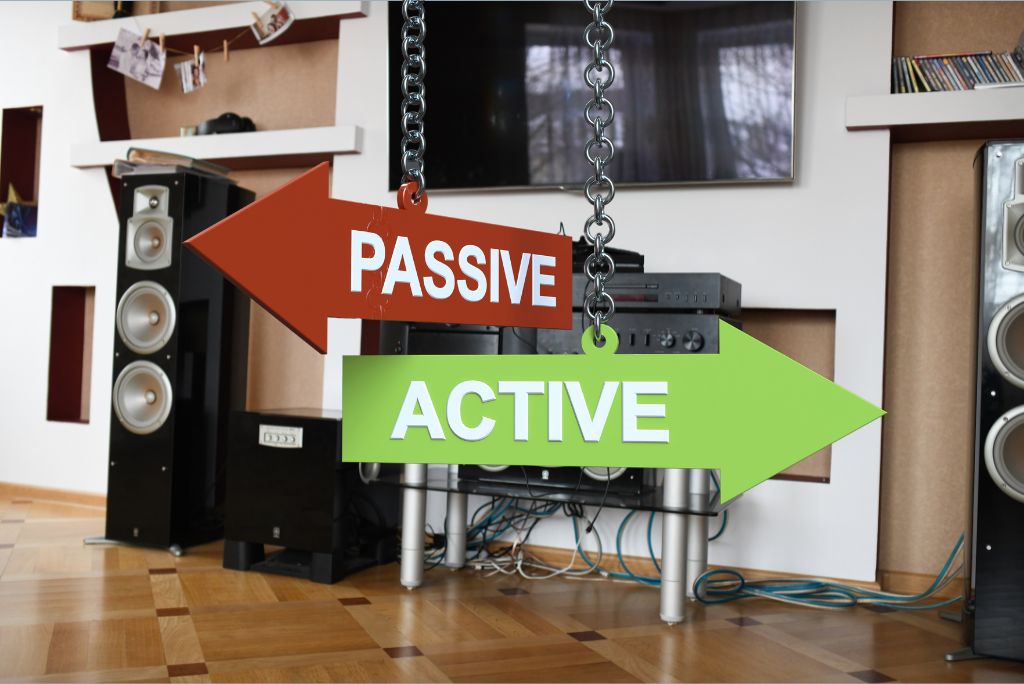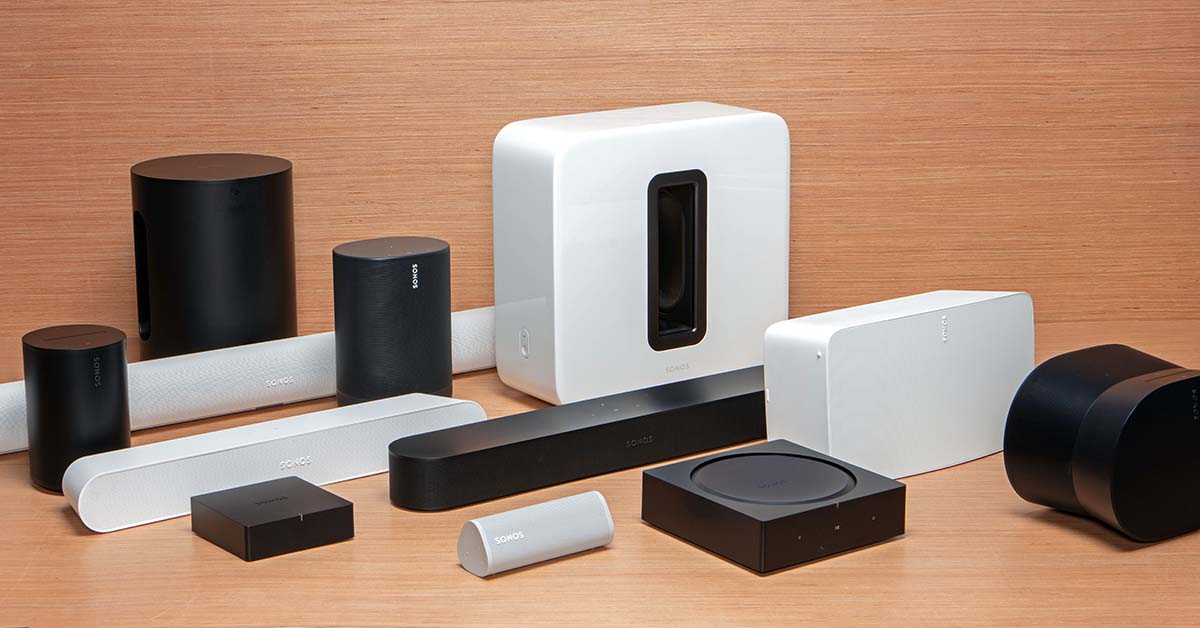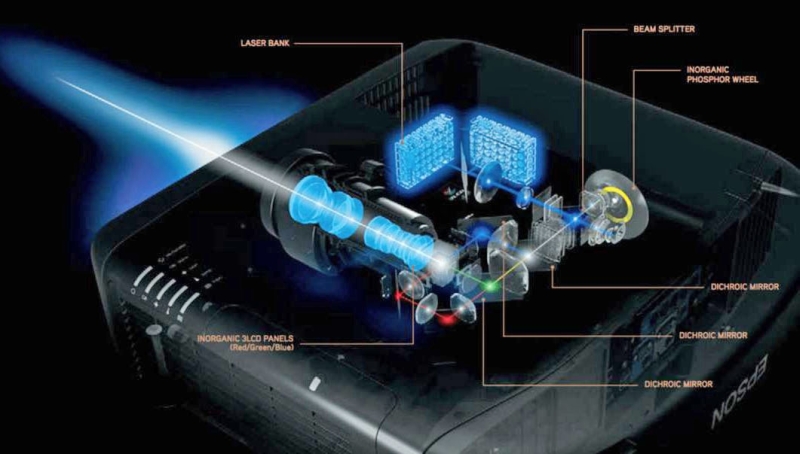Unlocking the auditory potential of your sound system begins with understanding the nuanced differences between passive and active setups. In this comparison guide passive vs active sound systems, we delve into the intricacies of these audio technologies to help you navigate the world of immersive sound experiences. Whether you're a home theater enthusiast or a professional in the audio industry, choosing the right system can significantly impact the quality and versatility of your audio setup. Let's explore the characteristics, advantages, and considerations of passive and active sound systems to empower you in making informed decisions for your audiovisual journey.
Key Differences Between Passive and Active Sound Systems
When it comes to comparison guide passive vs active sound systems, understanding the fundamental variances between these two types is essential.
Passive Sound Systems
Passive sound systems rely on external amplifiers to power the speakers. They do not have built-in amplification and require separate components to function properly.
Active Sound Systems
Active sound systems, on the other hand, have amplifiers built into the speakers themselves. This design allows for a more streamlined setup and eliminates the need for external amplifiers.
Internal Components: Passive systems consist of passive speakers and external amplifiers, while active systems integrate amplifiers within the speaker cabinets.
Power Source: Passive systems require an external power source to drive the speakers, while active systems have internal amplification that powers the speakers directly.
Understanding these core differences is crucial in determining which type of sound system will best suit your audio needs and preferences.
Performance Comparison: Passive vs Active Sound Systems
When conducting a comparison guide passive vs active sound systems, it's crucial to evaluate their performance across various factors.
Sound Quality
Passive Systems: Typically offer high-quality sound due to the use of separate amplifiers, providing more control over audio output.
Active Systems: Benefit from integrated amplification, ensuring optimized sound reproduction and efficient power distribution.
Power Efficiency
Passive Systems: Can be less power-efficient as they require external amplifiers, potentially leading to energy wastage.
Active Systems: Tend to be more power-efficient since the amplifiers are specifically matched to the speakers, minimizing power loss.
Customization Options
Passive Systems: Allow for greater customization flexibility as users can choose amplifiers tailored to their specific preferences.
Active Systems: Offer convenience in terms of plug-and-play operation with pre-optimized amplifier configurations.
Installation Complexity
Passive Systems: Installation can be more intricate due to the need for separate amplifiers and potential wiring complexities.
Active Systems: Simplify installation processes as amplifiers are already integrated into the speaker units, reducing setup time and effort.
Assessing these performance aspects can help users determine which sound system type aligns best with their audio requirements and usage scenarios.
Cost Analysis: Passive vs Active Sound Systems
In a comprehensive comparison guide passive vs active sound systems, evaluating the cost implications is vital to making an informed decision.
Upfront Costs
Passive Systems: Initial expenses may be lower as they do not include built-in amplifiers, but the cost of external amplifiers needs to be considered.
Active Systems: Typically have higher upfront costs due to integrated amplification but may save on separate amplifier purchases.
Long-term Maintenance Expenses
Passive Systems: Maintenance costs can vary, including the need to replace or upgrade external amplifiers over time.
Active Systems: Generally have lower maintenance requirements since the amplifiers are designed to work seamlessly with the speakers.
Potential for Upgrades
Passive Systems: Offer the flexibility to upgrade amplifiers or speakers independently, providing scalability options for future enhancements.
Active Systems: Upgrades might involve replacing entire speaker units for advanced features, potentially resulting in higher upgrade costs.
Considering the upfront expenses, long-term maintenance commitments, and upgrade potential can assist users in determining the overall cost-effectiveness of passive and active sound systems for their specific audio needs.
Suitable Applications for Passive and Active Sound Systems
Understanding the ideal scenarios for implementing passive and active sound systems is pivotal in the comparison guide passive vs active sound systems.
Home Theater Environments
Passive Systems: Suited for users seeking customizable audio setups where separate amplifiers can be fine-tuned for optimal theater experience.
Active Systems: Ideal for individuals prioritizing simplicity and plug-and-play operation in home theater configurations.
Professional Audio Studios
Passive Systems: Commonly utilized in studios requiring precise audio management and control over amplifier configurations for professional sound production.
Active Systems: Offer efficiency and convenience in studio setups with integrated amplification ensuring consistent audio quality during recording and mixing processes.
Live Concert Venues
Passive Systems: Preferred for venues that demand powerful sound output and tailored amplification solutions to accommodate different performance styles.
Active Systems: Streamline sound reinforcement in live settings by simplifying setup procedures and ensuring reliable, high-quality audio delivery for various performances.
Choosing the right sound system based on the intended application can significantly enhance audio experiences in diverse environments, whether for entertainment purposes at home or professional audio production in studios and live performances.
Pros and Cons Breakdown: Passive vs Active Sound Systems
When conducting a comparison guide passive vs active sound systems, it's essential to consider the advantages and disadvantages of each system type.
Passive System Advantages and Disadvantages
Advantages:
Offers flexibility for customization with external amplifiers.
Allows for independent upgrades of speakers and amplifiers.
Potential cost savings in the long term for specific setups.
Disadvantages:
Requires additional components like amplifiers for full functionality.
Can be more complex to set up and maintain due to separate elements.
Potential energy inefficiencies depending on amplifier quality and settings.
Active System Advantages and Disadvantages
Advantages:
Streamlined setup process with built-in amplifiers in speakers.
Simplifies audio system configuration for users with plug-and-play convenience.
Generally more power-efficient due to optimized amplifier-speaker matching.
Disadvantages:
Higher upfront costs associated with integrated amplifier technology.
Limited upgrade options may require replacing entire speaker units for improvements.
Less customization flexibility compared to passive systems in certain setups.
By weighing the pros and cons of passive and active sound systems, users can make informed decisions based on their specific audio requirements and preferences.
FAQ Section
Can I Upgrade a Passive Sound System to an Active System?
While you cannot directly convert a passive sound system to an active system, you can replace the passive speakers with active ones that have built-in amplifiers.
Are Active Sound Systems More Expensive Than Passive Systems?
Typically, active sound systems have higher upfront costs due to the integrated amplification technology. However, they may lead to cost savings in the long run by eliminating the need for separate amplifiers.
Which Sound System Type is Easier to Set Up?
Active sound systems are generally easier to set up since they come with built-in amplifiers, simplifying the installation process compared to passive systems that require external amplifiers.
Do Passive Sound Systems Offer Better Sound Quality Than Active Systems?
The sound quality between passive and active systems can vary based on the components used. Passive systems may provide more control over audio customization, while active systems offer optimized sound reproduction.
Can I Mix and Match Passive and Active Components in a Sound System?
While it is possible to mix passive and active components, it is essential to ensure compatibility between the devices to avoid technical issues and optimize overall sound performance.




